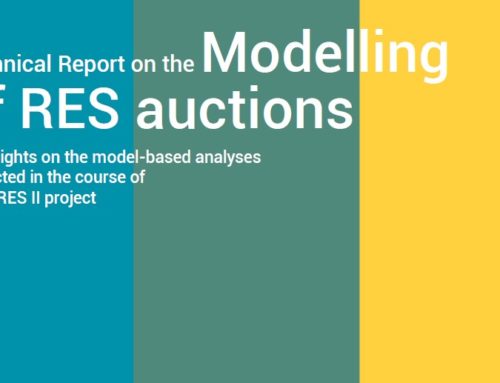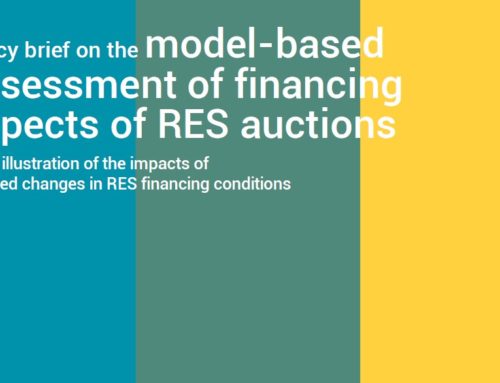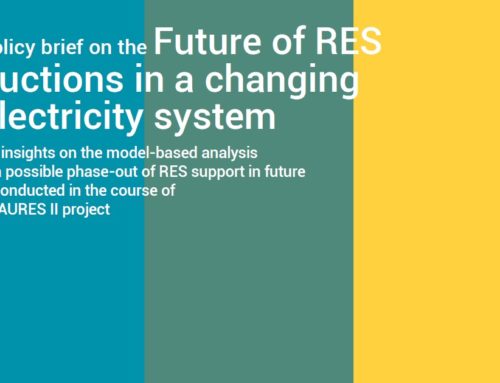Renewable energy auctions have become the new standard for determining subsidy levels for renewable energy sources (RES) worldwide. Over the past years, many countries have implemented and further developed auctions for the deployment of RES. This allows to identify good practices as well as pitfalls and lessons to learn from the individual cases.
Against this background, this report provides an overview of the current status of renewable auctions in Germany. The focus is on auctions for onshore wind and solar PV, which are at the core of the German renewable supportJust like administratively set support, auction-allocated su... scheme. Being the first comprehensive AURES study on renewable auctions in Germany, the report also provides some background information on key design elements of the German supportJust like administratively set support, auction-allocated su... scheme and the auction formatsTwo basic types of auctions are regularly applied to allocat... that are implemented.
The first renewable auctionAn auction is a market mechanism with the aims of allocating... in Germany was held in April 2015 as part of the pilot auctionAn auction is a market mechanism with the aims of allocating... scheme for groundmounted solar PV. The broad shift from administratively-set supportJust like administratively set support, auction-allocated su... levels to renewable auctions followed in 2017. Since then, several auctions rounds – mostly technology-specific – have taken place with a high frequency. By December 2019, a total of 17.25 GW of renewable energy capacity has been auctioned in 40 auctionAn auction is a market mechanism with the aims of allocating... rounds. However, significant undersubscription in the recent onshore wind auctions threatens the
foreseen RES expansion path.
The large number of auction formatsTwo basic types of auctions are regularly applied to allocat..., rounds and volume provide for an interesting study case. Specific design elements reflect the characteristics of the German power system. One example is the maximum quota for the yearly capacity addition of onshore wind in the so-called grid expansion area ( Netzausbaugebiet ) that is applied in the auctionAn auction is a market mechanism with the aims of allocating... to account for regional capacity limitations of the transmission grid.
The remainder of the report is structured as follows:
- Chapter 2 provides a brief overview of the German electricity sector
- Chapter 3 outlines key design elements and characteristics of the German renewable supportJust like administratively set support, auction-allocated su... scheme, the Renewable Energy Sources Act (EEG)
- Chapter 4 provides an evaluation of the auctionAn auction is a market mechanism with the aims of allocating... results and recent developments within the sector
- Chapter 5 concludes the report.
Download the report here.




